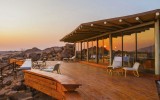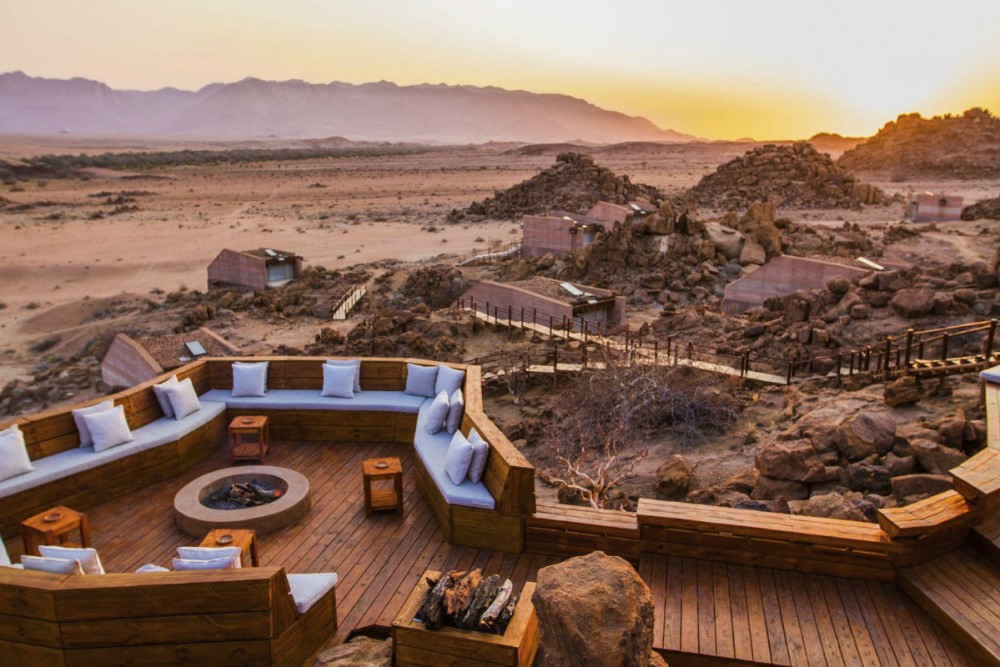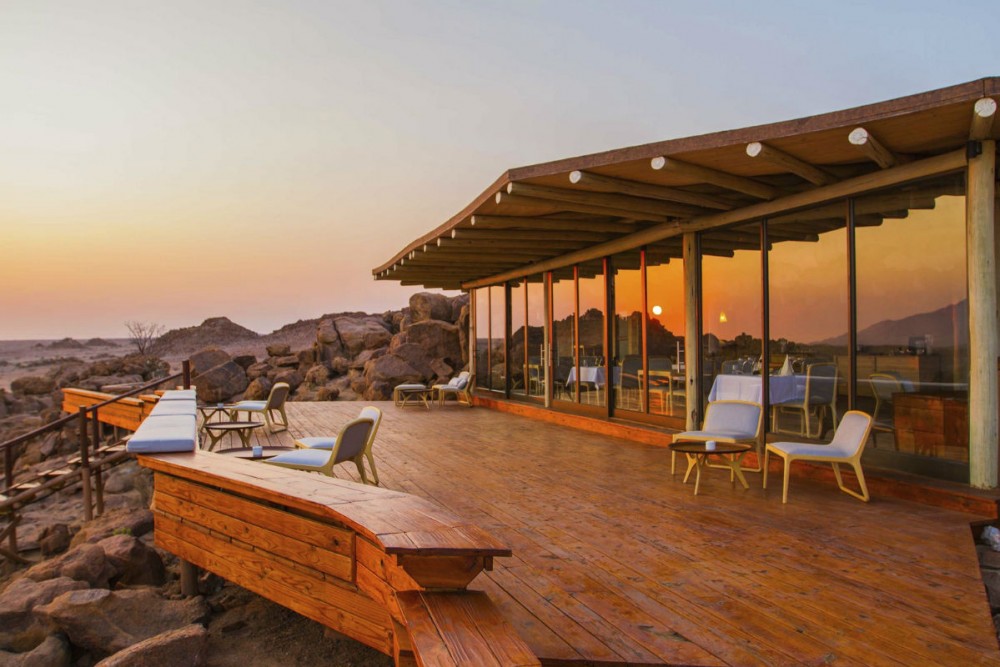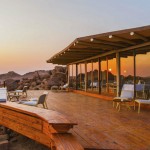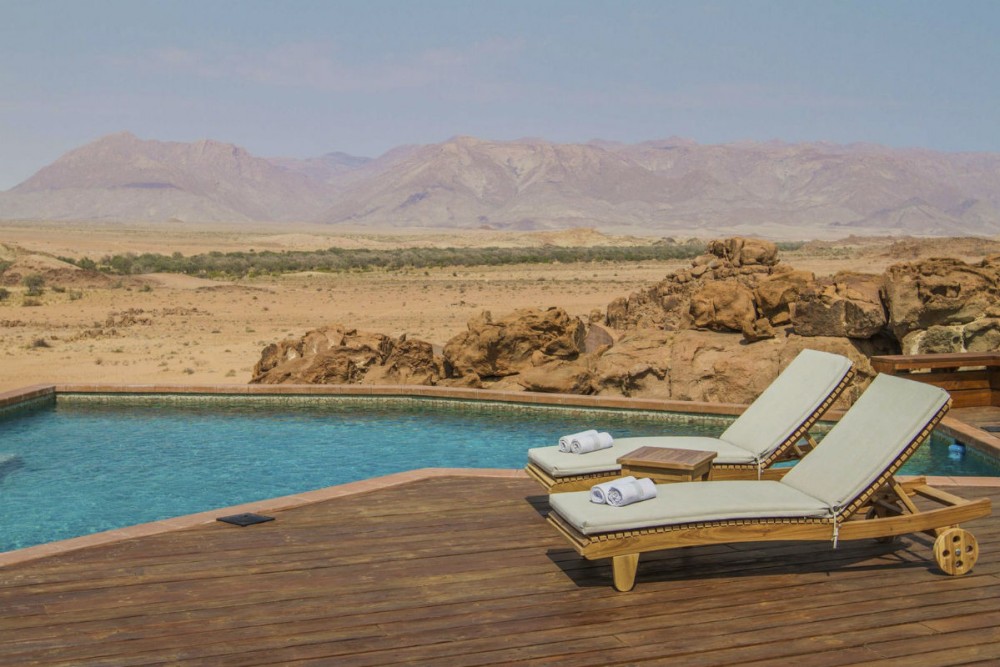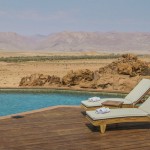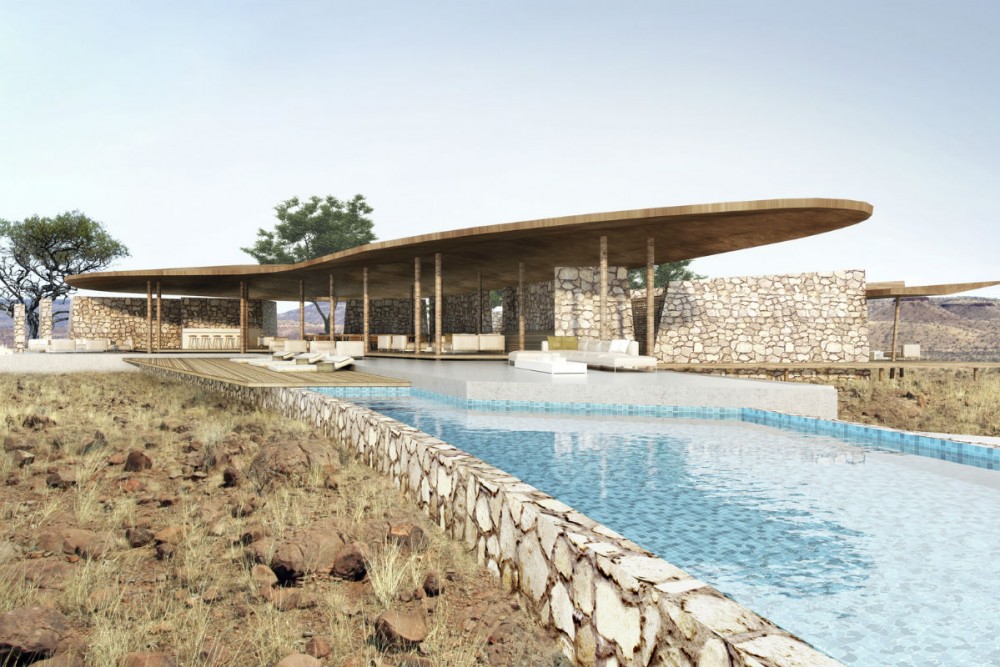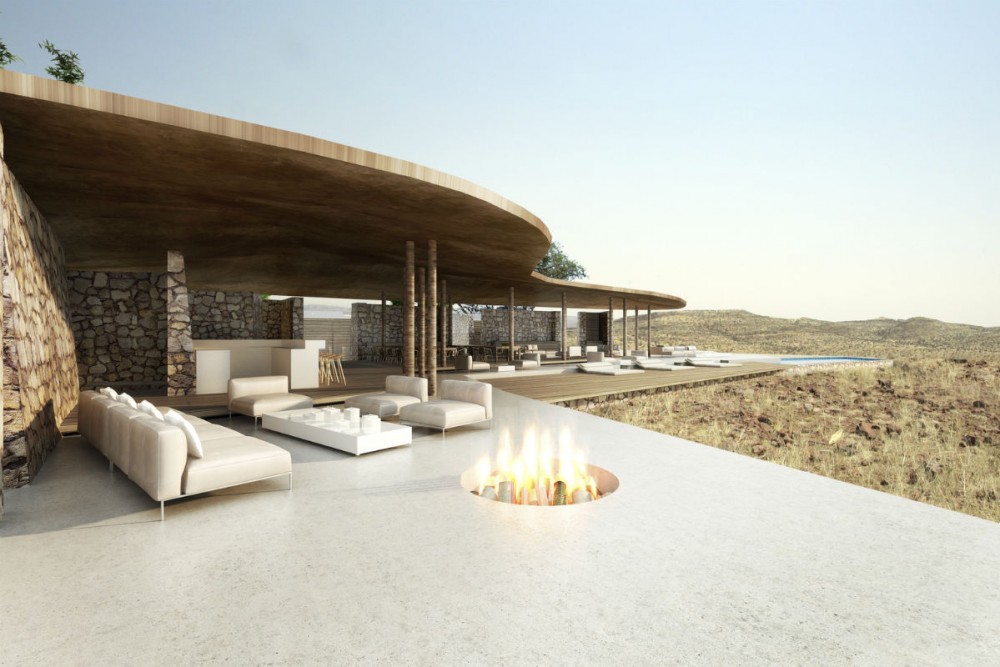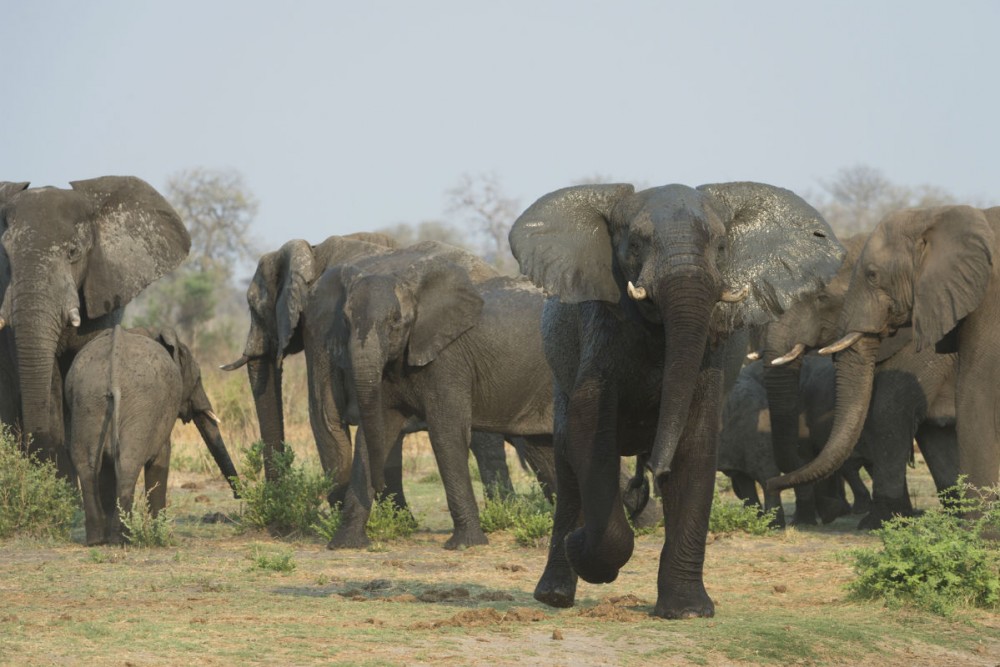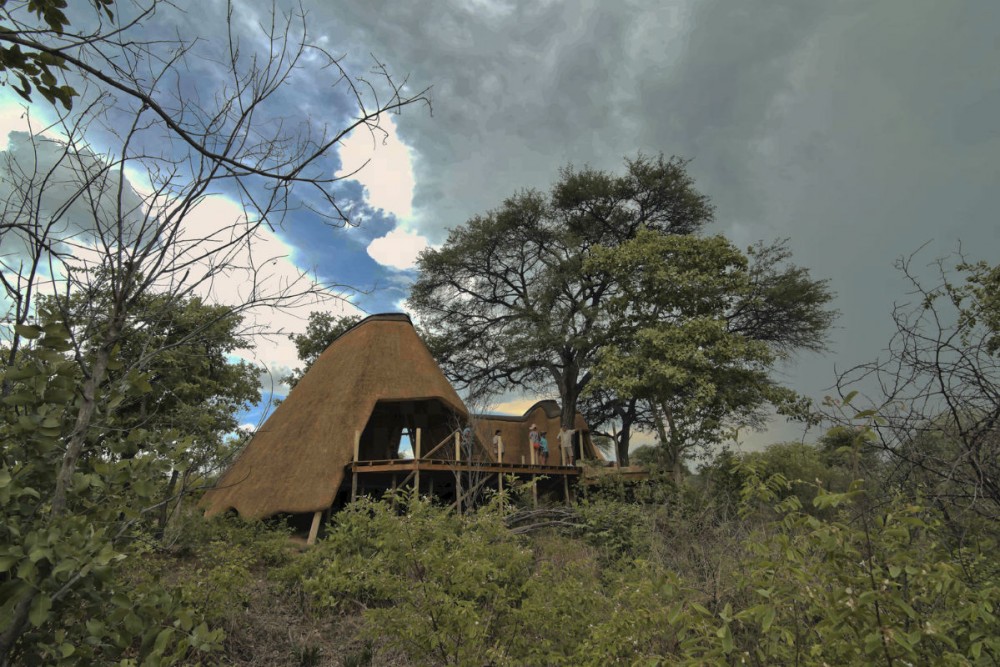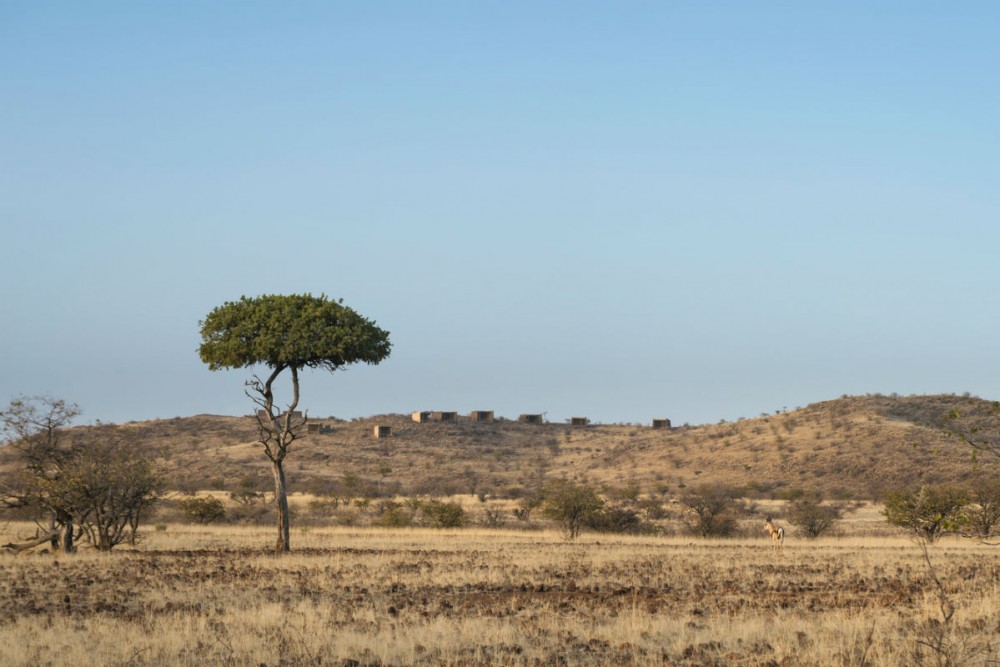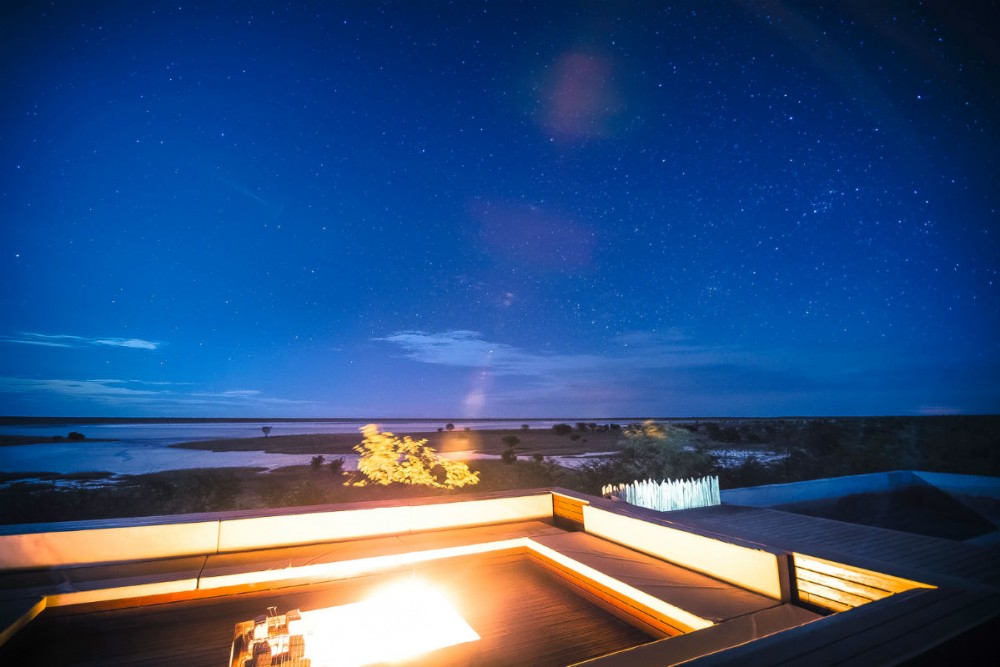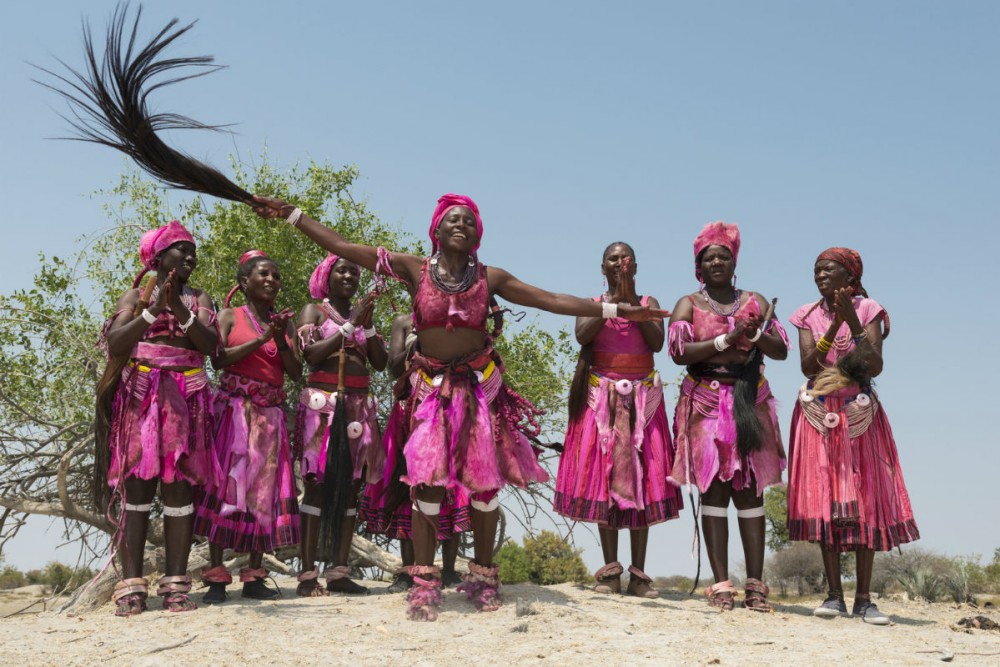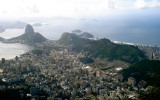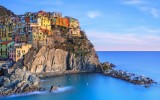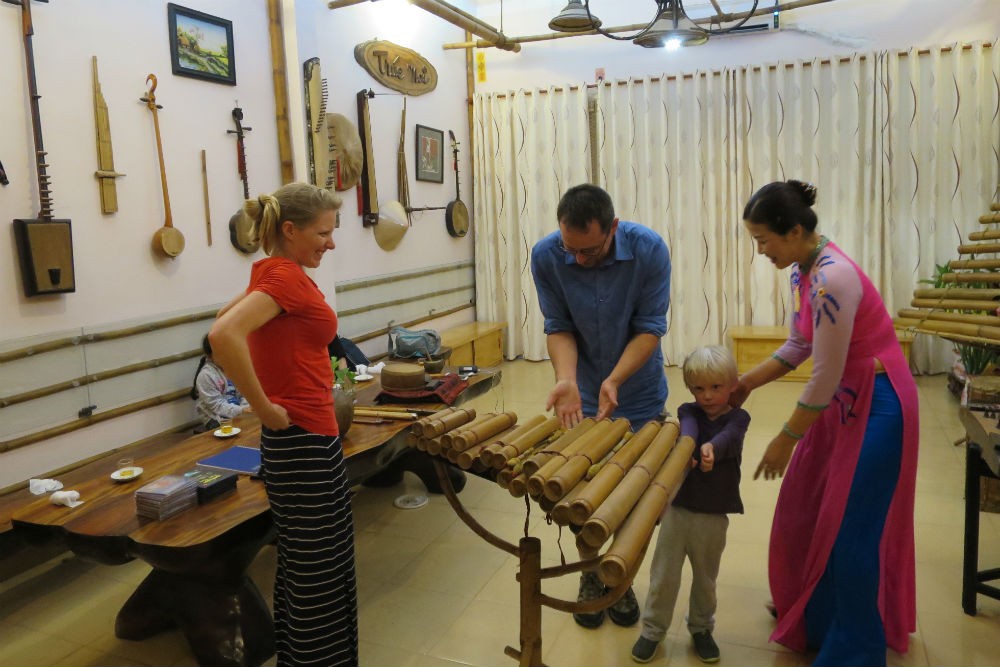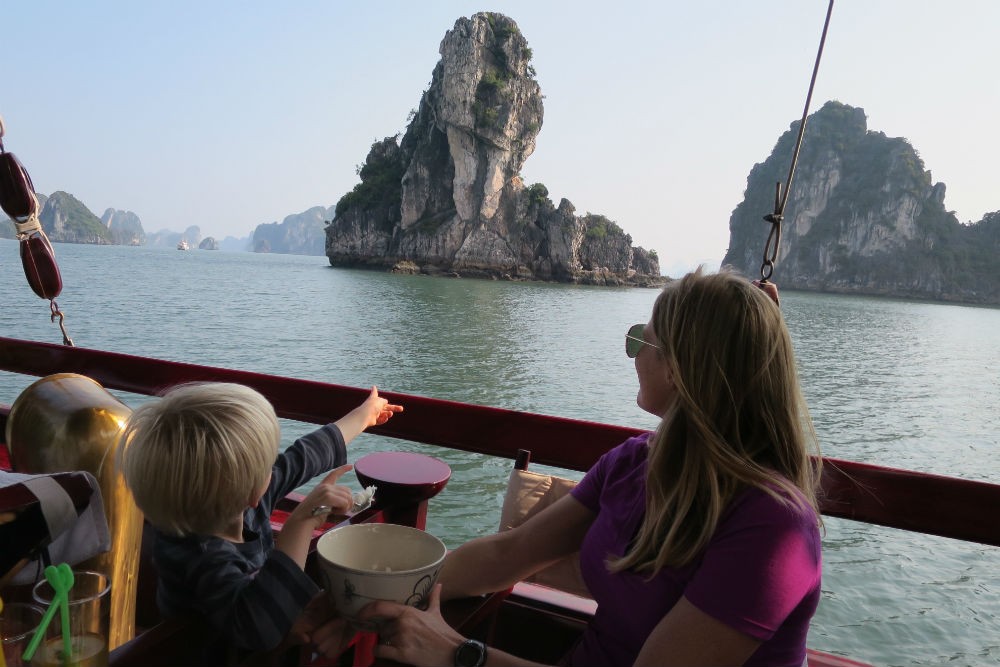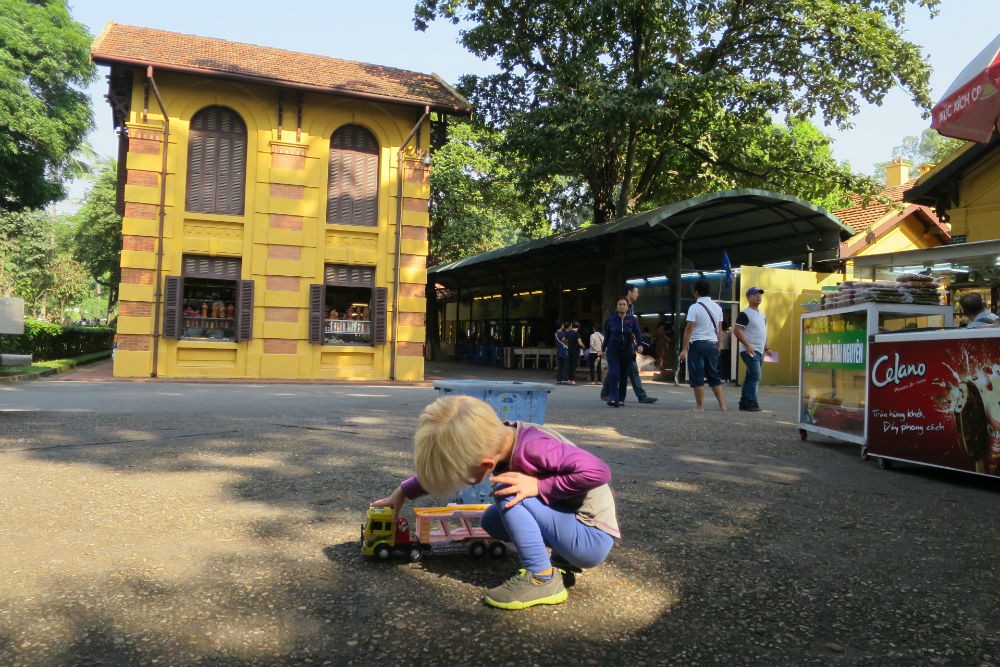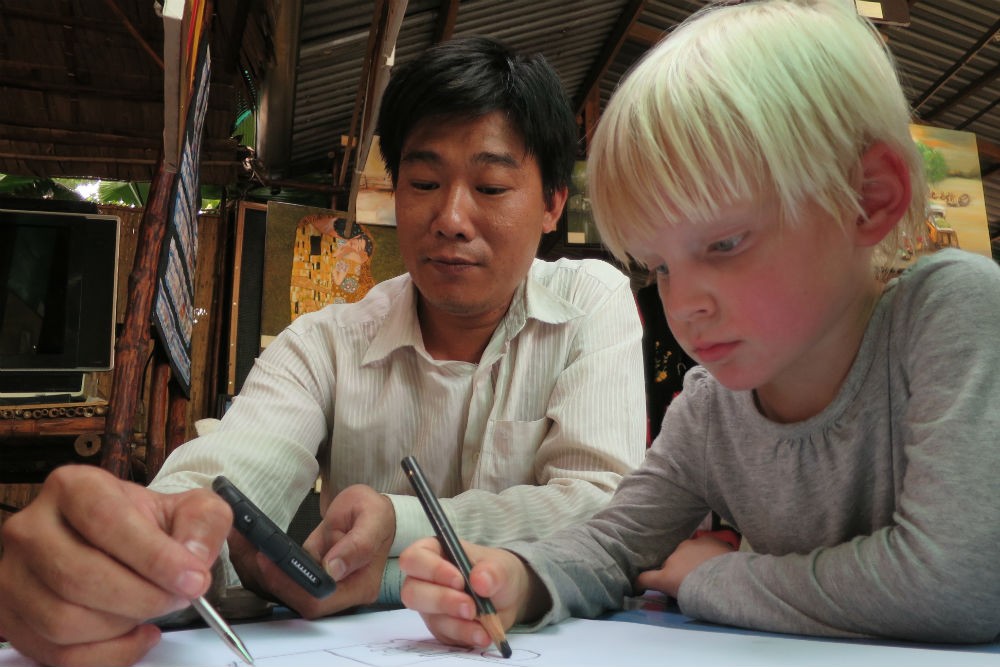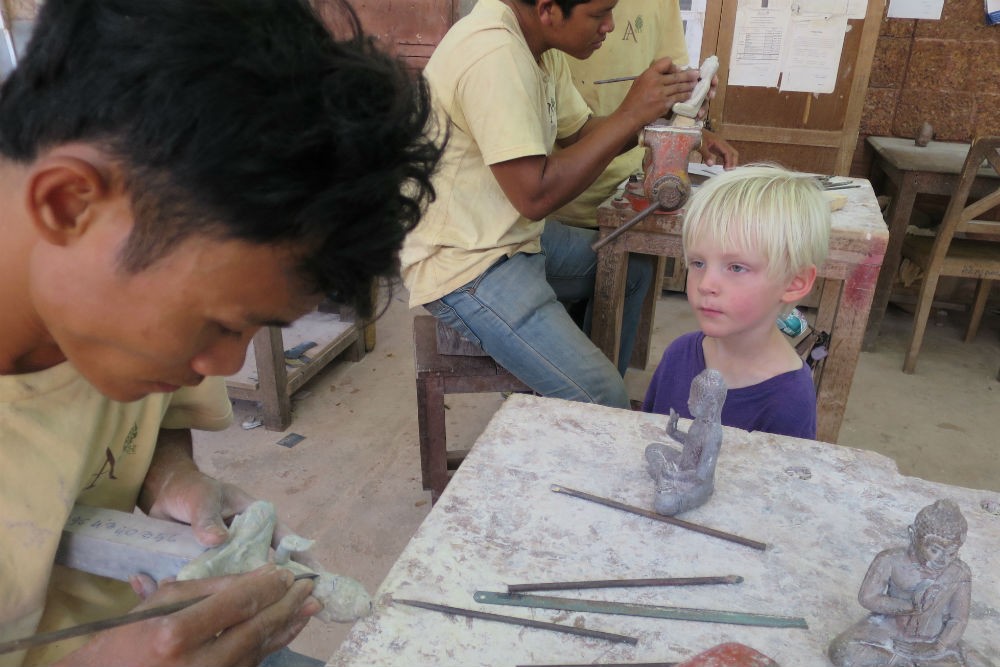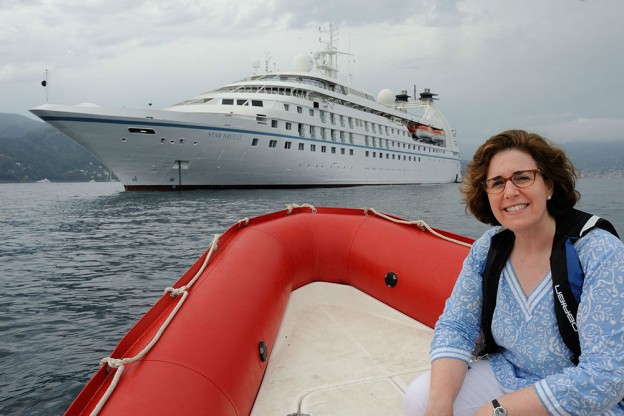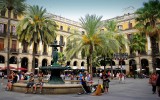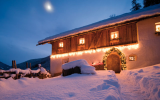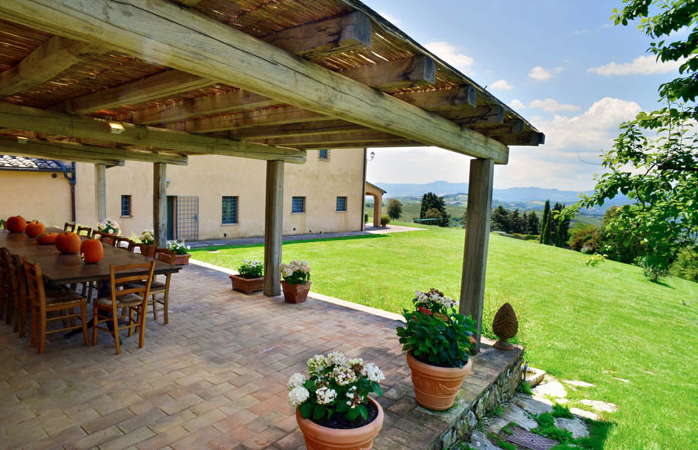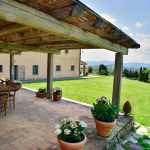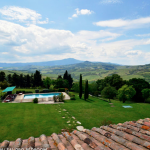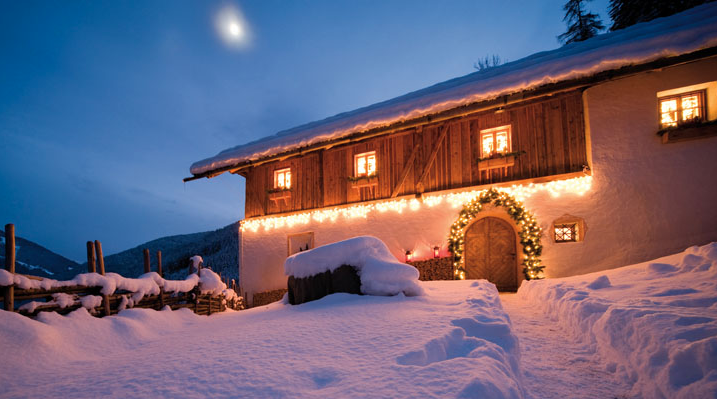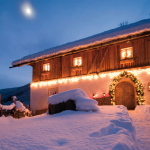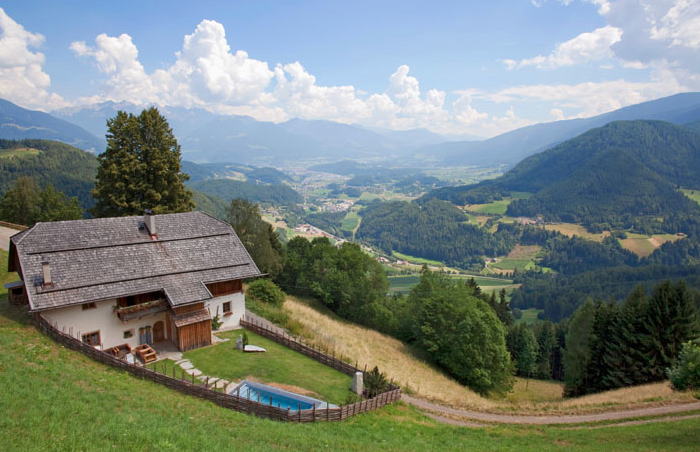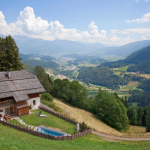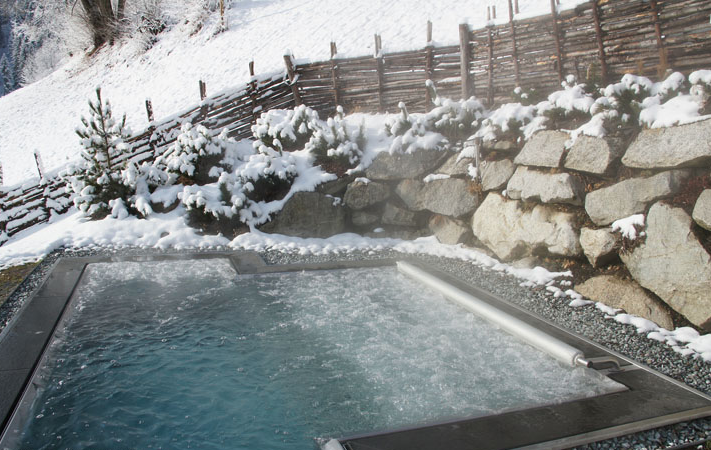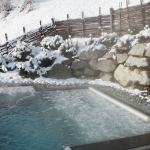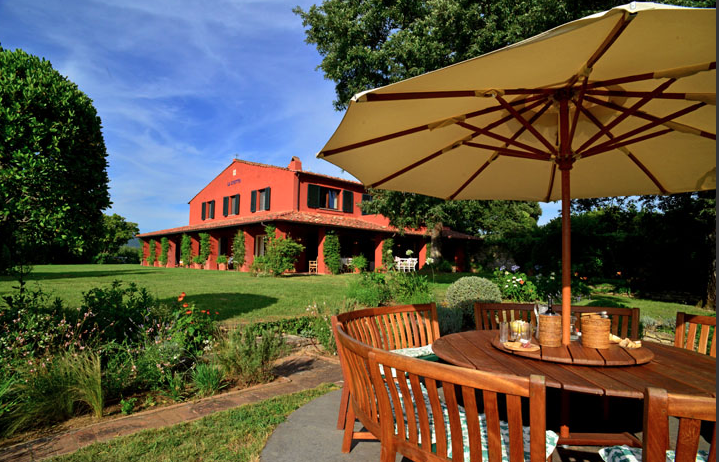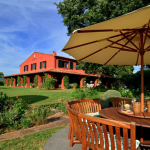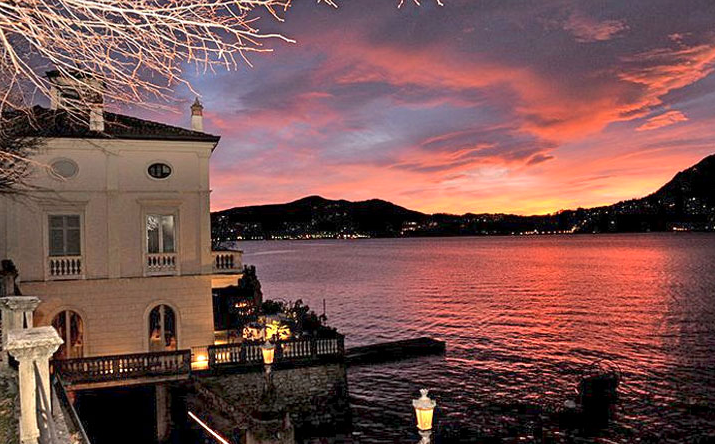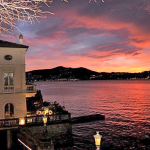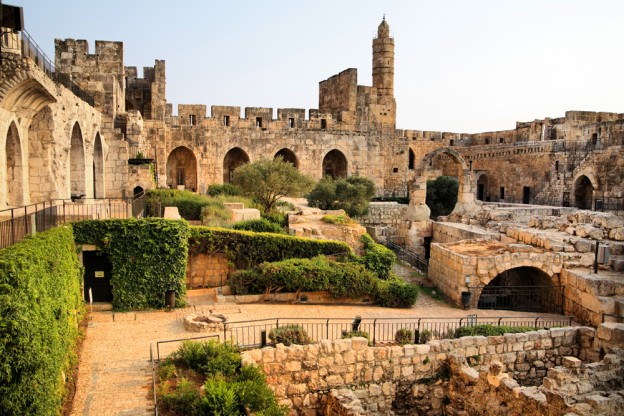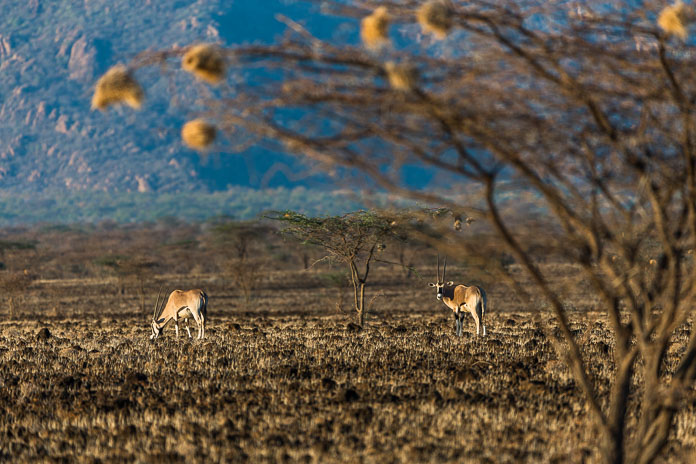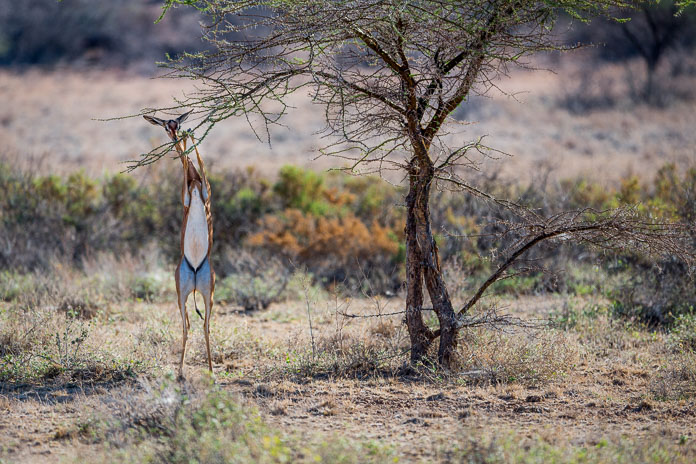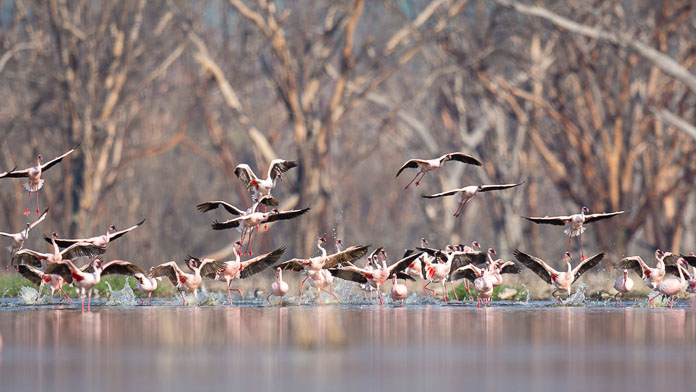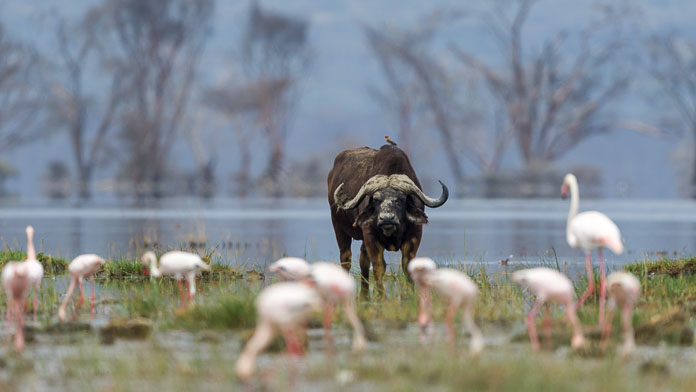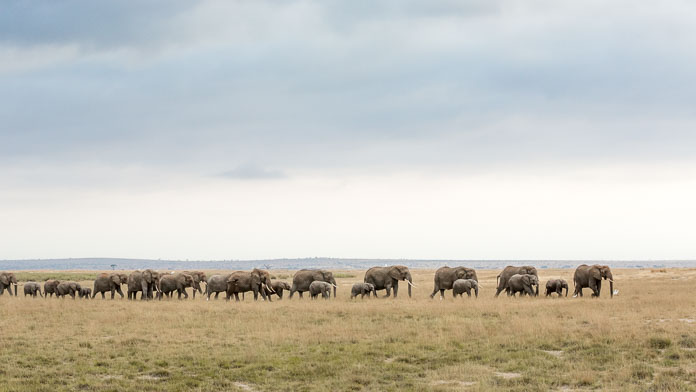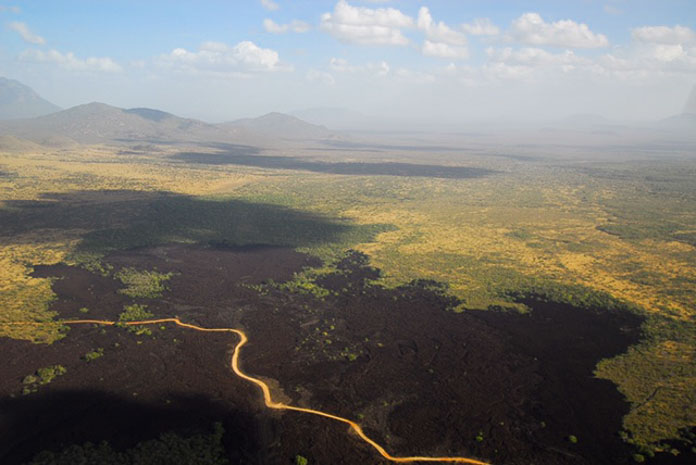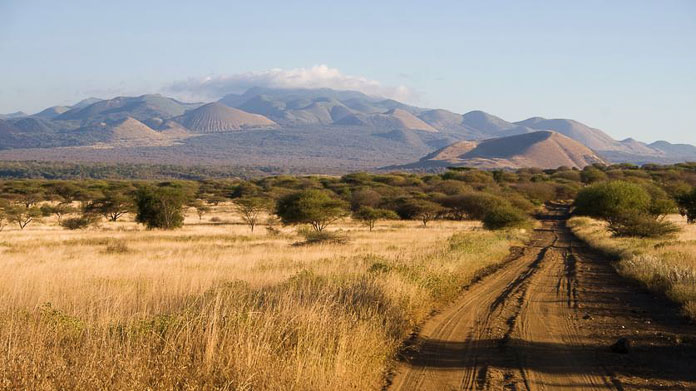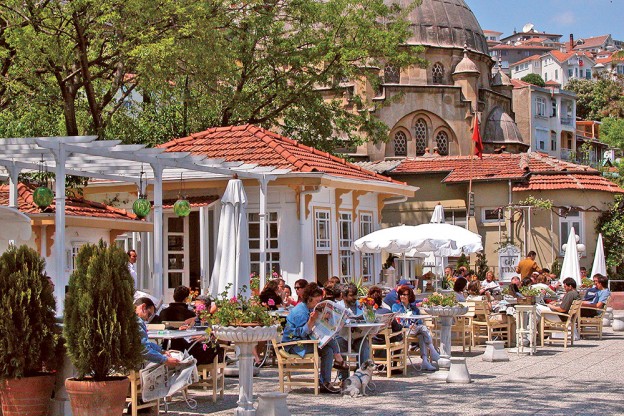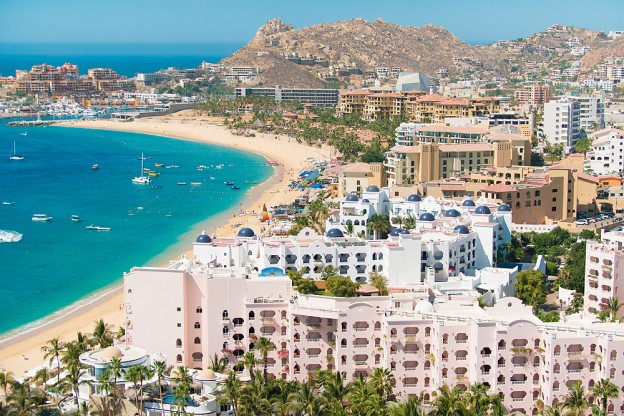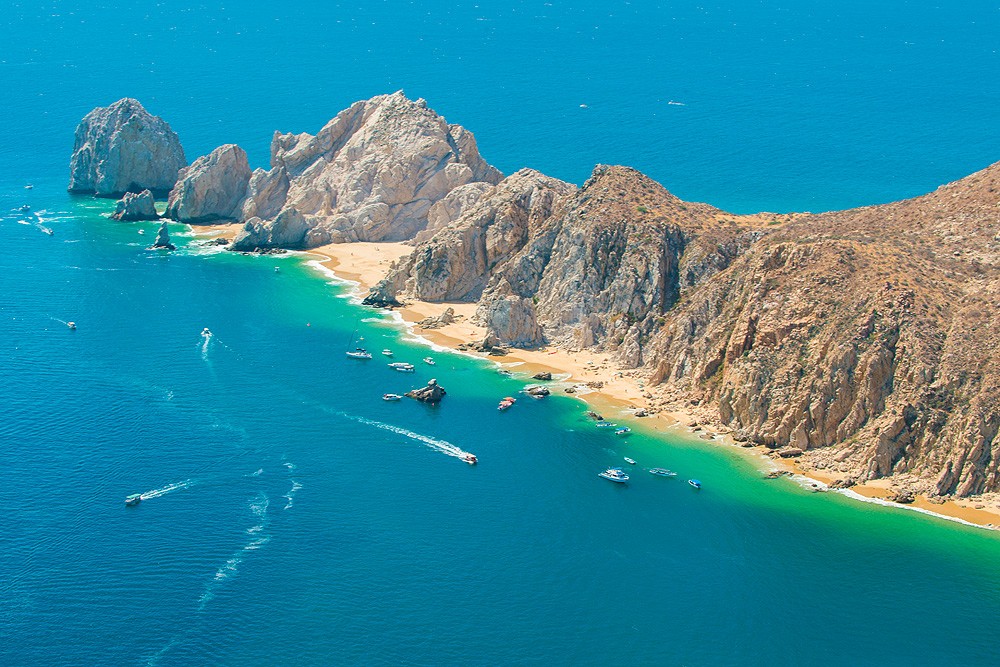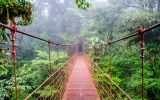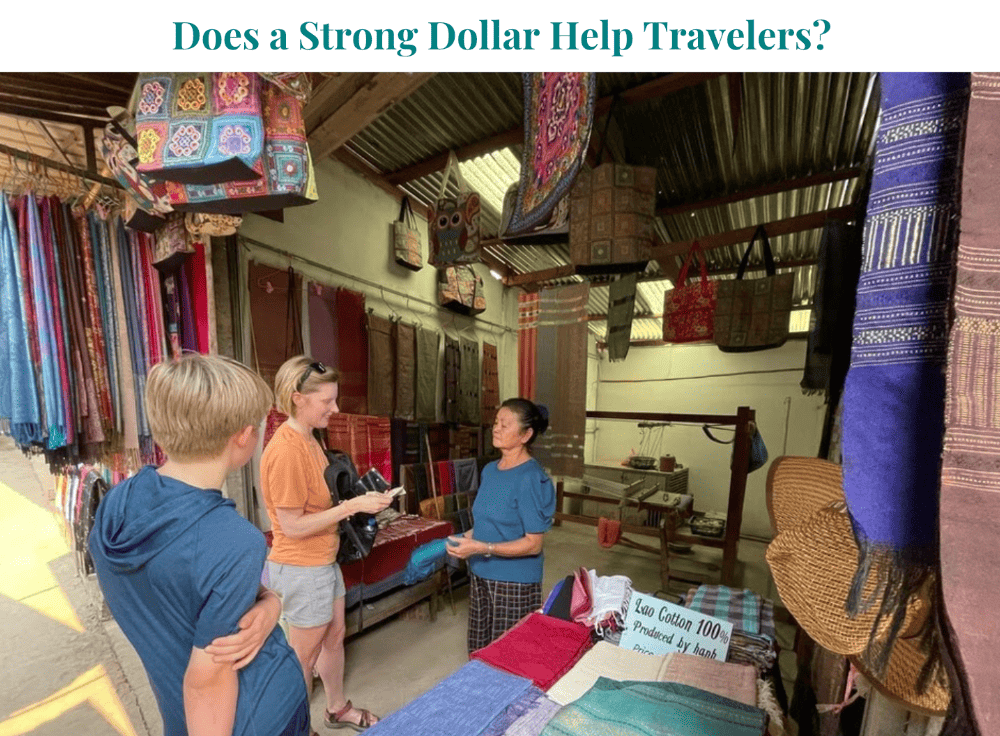Meet our writer: Geri S. Krauss is a New York-based attorney, a savvy traveler who has been to all seven continents . . . and, for a travel agent, she can be one tough customer. Geri was unknown to me until a few weeks ago, when she reached out after a trip that bowled her over, designed by one of my Costa Rica specialists. We ended up meeting for lunch in Manhattan. Geri does so much research for every trip, and is so knowledgeable about online travel tools, that I asked her why she doesn’t just book her trips herself. When she shared her perspective on the benefits of working with my Trusted Travel Experts, I found it fascinating and thought you would too. Here’s Geri:
My husband and I are full-time attorneys, so our travel time is limited and precious. We want to make the most of it by having an experience that is tailored to our interests and budget and gives us a true sense of the people and places we visit. After much research, I’ve come to rely on Wendy’s Trusted Travel Experts for this.
These trip experts would be the first to confirm that I am not an easy customer. I ask a ton of questions, do my own research into the suggestions made (which generates more questions), and scrutinize itineraries, questioning every detail.
There have been some tough moments. There was the email I got with the subject line “Throwing up my hands in horror” when a trip expert had to tell me that our carefully planned trip had been thwarted because room availability suddenly vanished. There was the time another expert recommended a “hike along partially flooded terrain, mud, rocks, exposed roots with high humidity and temperature around 90 F (30 C),” which left me questioning why on earth I would want to do that. “For the wildlife” was the expert’s answer—and I’m glad I gave in because it turned out to be one of the best parts of the trip.
Even for someone as challenging as I am, working with these trip experts has been special. Why? They consistently give you personal attention, offer unique opportunities, have a deep knowledge of the country in which they are located, give candid evaluations of what to see and do, and move you through the itinerary so seamlessly that the hassles and waiting that are often a part of traveling just seem to disappear. In short, here’s what they deliver:
1. A private, personalized itinerary
Our itineraries have always come with top-notch guides, accommodations, and experiences. The guides and drivers are extremely knowledgeable about their country and customs, speak excellent English, are wonderfully gracious and accommodating, and navigate with an insider’s knowledge of where to go and the best time to get there.
2. Flexibility: The traveler calls the shots all day every day
Everything is tailored to our interests. We travel at a pace that works for us. We can decide whether we want to be accompanied by a guide and/or a driver, or whether we would rather spend time on our own. The time we spend at each activity is geared to us—with flexibility to stay longer than planned if we are very much engaged or leave early if we are ready to move on. We can stop to eat when and if we choose—or skip a meal so that we can squeeze in one more thing to see or do. Our guides and drivers are always ready to help us in whatever way they can —and to adapt our schedule if weather or something unexpected requires a change. It is the perfect combination of independent travel and extraordinary planning and expertise.
3. VIP treatment at check-in
When we were traveling in India, every time we arrived at our hotel, we were met and greeted at the entrance, by name, and welcomed in traditional Indian fashion. We were shown to a comfortable sofa, where a drink and a cool towel were waiting for us. A concierge immediately came over to us, checked us in, and guided us to our room. When we got there, our luggage was already waiting for us. After this had happened on several occasions, I asked our guide how it was that every hotel was ready and waiting for us the moment we arrived. I learned that this was not happenstance. It was because the trip expert made sure that the guide called each hotel at a certain time while we were on our way there to tell them exactly when we would be arriving and assure that we would be cared for so promptly and graciously. Never a line, no searching for a room to assign, no waiting!
4. Hand-picked hotel rooms
Our rooms have always been terrific, as the Trusted Travel Expert knows which are the most desirable rooms for views or location or amenities (in any given category), and then they make sure that the room they select is reserved for us.
5. Special dining arrangements
In Costa Rica we were impressed that the waiters in the various lodges’ dining rooms told us as soon as we sat down that they were aware of certain food preferences we had made known to the Trusted Travel Expert. We didn’t have to say a thing! Two lodges arranged for us to have a private dinner in a special location—one with a menu planned solely for and with us the evening before—just because of the relationship the Trusted Travel Expert had with the lodges. In some countries we’ve even had the pleasure of meeting and dining with our trip expert shortly after our arrival.
6. Visits with locals from all walks of life
In Australia we were the only guests at a beautifully restored homestead surrounded by miles of outback. We were invited to dine with the owners and their friends—Australians and New Zealanders. During the fabulous home-cooked meal, we were treated to stories about life in the outback, the restoration of the house, and the rivalries between Aussies and Kiwis. We ended up talking for many hours and covered virtually every topic of current events, including some very interesting observations by those “down under” with respect to the American presidential election that was taking place that day. Their perceptions were fascinating. Indeed, given the influence that the President of the United States has over world events, our hosts questioned whether the world could trust leaving the choice of the President solely up to the American electorate! On another day, we visited with the owner of a private rainforest sanctuary who introduced us to the many resident animals that came right up to greet us. Later, we sat by the side of a stream in the forest and were treated to a delicious lunch of salads and fresh fish—which he perfectly cooked on a camp stove in the back of his truck.
7. Access to places that are off-limits to the public
Many of the must-see sights in China and India are filled with crowds, but our Trusted Travel Experts have been able to arrange special access for us to avoid the crowds or see things not generally open to the public. In China we had an amazing opportunity to feed and play with the baby pandas in Chengdu Panda Reserve. We viewed the Xian terracotta warriors from a special gallery located right on the floor and learned about how the warriors are restored through access to the curators’ restoration room. In India we were able to view the Taj Mahal from a special access point and remain for a short time after all the crowds had left. We visited beautifully decorated rooms in private areas of the Jaipur City Palace still used by the royal family for entertaining. We were invited to attend the Holi ceremony hosted by the Maharajah of Udaipur. All very special.
8. Guides with specific expertise
Not only have our guides been excellent generally, but our trip planners have been able to provide us with guides with particular knowledge. I have an interest in photography, and in India our guide was a terrific photographer who made sure to show me the best spots to get interesting shots and, if possible, to time our visits to get photos in the best light. He also greatly assisted me in learning the local etiquette to take pictures of people. In Costa Rica I again requested a guide who was a photographer, and he made sure we approached photographic subjects from the right angle and in the right light. He taught me many new techniques, and I was thrilled with the results. While I was busy trying out those techniques, he tutored my husband in bird watching, then quizzed him on each identification.
9. Meaningful experiences where you give back to the community you’re visiting
Because of their deep relationships and connections in the countries where they live and operate, trip experts are often involved in environmental or community development activities. We had the rewarding opportunity to participate in one of these initiatives in Costa Rica. Our Trusted Travel Expert had set up a program to help the children who lived in a local village with English lessons and pronunciation by offering them the opportunity to meet with English-speaking travelers. We spent one afternoon at the village assisting the Costa Rican teacher who had been sent to the village to conduct this enrichment program, which the children enrolled in by choice. What a wonderful time we had interacting with these children (aged 10) who were so bright, enthusiastic, and fun. While we were there to help them with English, they insisted that we learn some Spanish words from them as well.
10. Transportation shortcuts and efficient logistics
As we tend to cover a lot of territory in a short time on these trips, the trip expert’s knowledge of local transportation options and obstacles has been invaluable. In Costa Rica, for example, many of the roads are poor, and some travel is best accomplished via privately chartered four- to six-seater planes. There is no way we could have made these arrangements on our own. It requires knowing which planes (by size or engine number) are allowed to fly to which places at what times of the day and in what weather conditions. Furthermore, our trip expert uses only certain planes and specific pilots, based on safety records and experience. In one location in Costa Rica, I had decided to pass on the trip expert’s suggestion that we book a driver; I said we’d rely on taxis instead. Shortly after we arrived, however, I found that getting a taxi was neither easy nor reliable. I called the trip expert, confessed that I should have heeded her advice, and in less than an hour we had a car and driver at our disposal for the rest of our stay there.
11. Addressing the unexpected
Sometimes not everything goes as planned. Yet our trip experts have always been instantly available to address any issue. In China, when we arrived in Lijiang, my husband experienced altitude sickness. We were scheduled to go for a couple of days to Zhongdian, a town located at an even higher altitude. Obviously, that was no longer an option. Within a day, our trip expert had made alternate arrangements and rescheduled our flights without our having to pay any cancellation fees.
12. Help is only a phone call away
In rural India, when I needed to see a doctor, I called our trip expert and within 15 minutes an English-speaking doctor was at our door. Whether I am looking for a restaurant reservation, seeking the best place to shop for a particular item, or needing to resolve any hiccup in the plans we encounter, help is only a phone call away.
Geri Krauss and her husband Dan’s next trip is to New Zealand, booked through Jean-Michel Jefferson. We can’t wait to hear all about it!
If you want a trip like the ones Geri Krauss describes, contact the right Trusted Travel Expert via WendyPerrin.com:
(1) Go to The WOW List to find the right destination, cruise, or villa specialist.
(2) Click on that travel specialist’s CONTACT button to reach his/her WendyPerrin.com trip-request form.
(3) If you’re not sure who is the right specialist, Ask Wendy.

